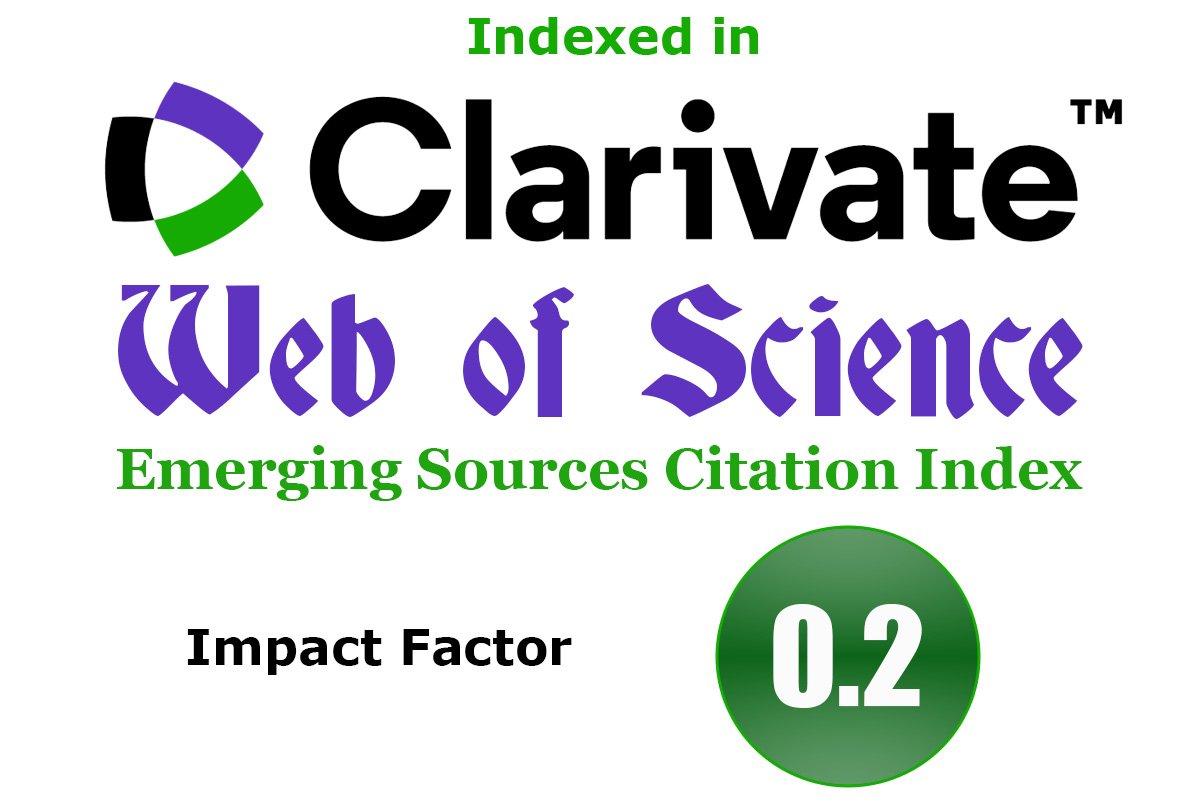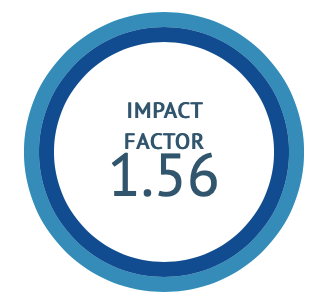Advancements and Innovations in Herbal and non-herbal, Self-Micro emulsifying Drug Delivery Systems (SMEDDS): A Comprehensive Review
DOI:
https://doi.org/10.47552/ijam.v16iS2.6202Keywords:
Emulsion, Herbal SMEDDS Formulation, Stability, Factors, Composition, MedicationAbstract
Self-microemulsifying drug delivery systems (SMEDDS) formulations have emerged as crucial methods for improving the bioavailability of poorly water-soluble drugs. However, they exhibit several limitations, including oxidation of unsaturated fatty acids, restricted lymphatic absorption, handling challenges, in vivo drug precipitation, a lack of predictive in vitro research—and their high surfactant content can cause gastrointestinal irritation. These factors can impede their broader application. Incorporating precipitation inhibitors or polymers within lipid-based formulations helps maintain drug supersaturation after dispersion, thereby reducing exposure variability and enhancing bioavailability. Converting liquid SMEDDS into solid forms also addresses issues related to liquid handling and stability. This review highlights recent developments, such as the use of nanotechnology, innovative excipients, and solidification techniques in the formulation of herbal SMEDDS. It also evaluates their advantages and drawbacks in drug delivery, with a particular focus on key performance parameters like droplet size, zeta potential, and stability. Additionally, self-nanoemulsifying drug delivery systems (SNEDDS) show considerable promise for improving the bioavailability and solubility of poorly water-soluble herbal extracts by encapsulating them in nanoemulsions. In summary, SMEDDS offer a viable oral platform for administering poorly soluble medications and herbal extracts, with the potential to significantly enhance therapeutic outcomes. For wider clinical adoption, however, challenges related to formulation stability, scalable manufacturing, and regulatory compliance must be addressed. Future research should aim to overcome these barriers and expand SMEDDS applications across diverse therapeutic areas.
Downloads
Published
How to Cite
Issue
Section
License
Copyright (c) 2025 International Journal of Ayurvedic Medicine

This work is licensed under a Creative Commons Attribution-NonCommercial-ShareAlike 4.0 International License.
The author hereby transfers, assigns, or conveys all copyright ownership to the International Journal of Ayurvedic Medicine (IJAM). By this transfer, the article becomes the property of the IJAM and may not be published elsewhere without written permission from the IJAM.
This transfer of copyright also implies transfer of rights for printed, electronic, microfilm, and facsimile publication. No royalty or other monetary compensation will be received for transferring the copyright of the article to the IJAM.
The IJAM, in turn, grants each author the right to republish the article in any book for which he or she is the author or editor, without paying royalties to the IJAM, subject to the express conditions that (a) the author notify IJAM in advance in writing of this republication and (b) a credit line attributes the original publication to IJAM.





